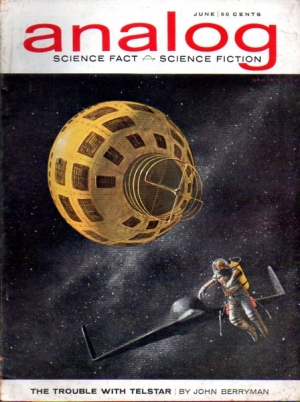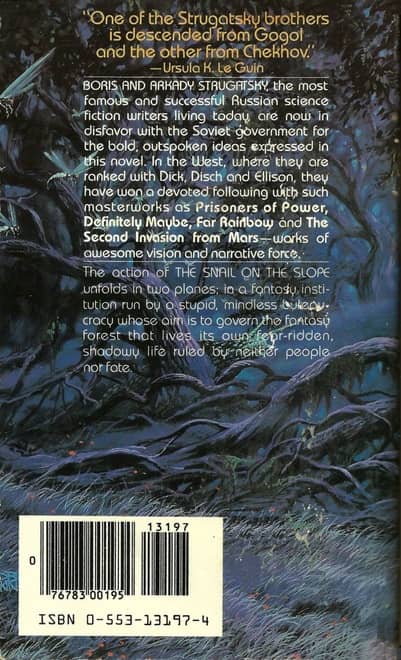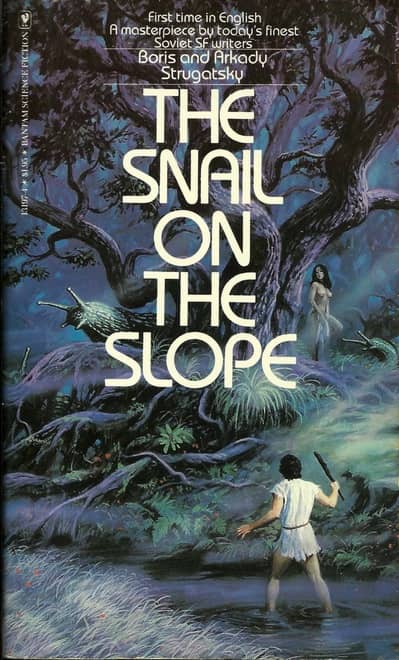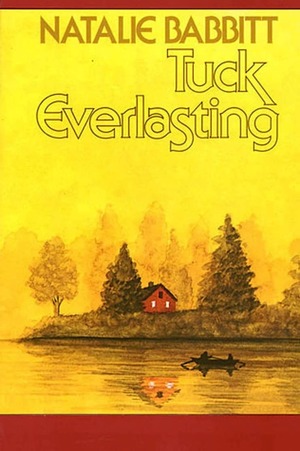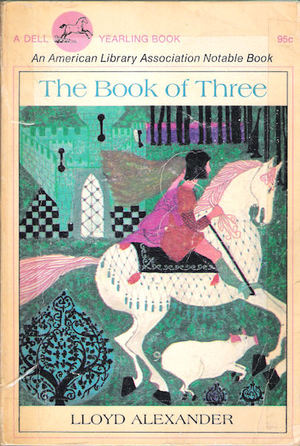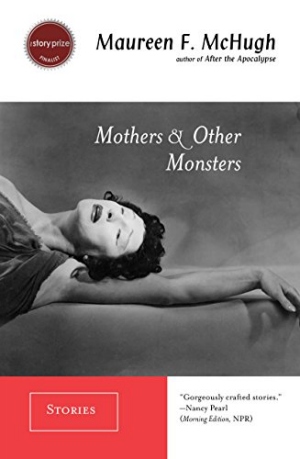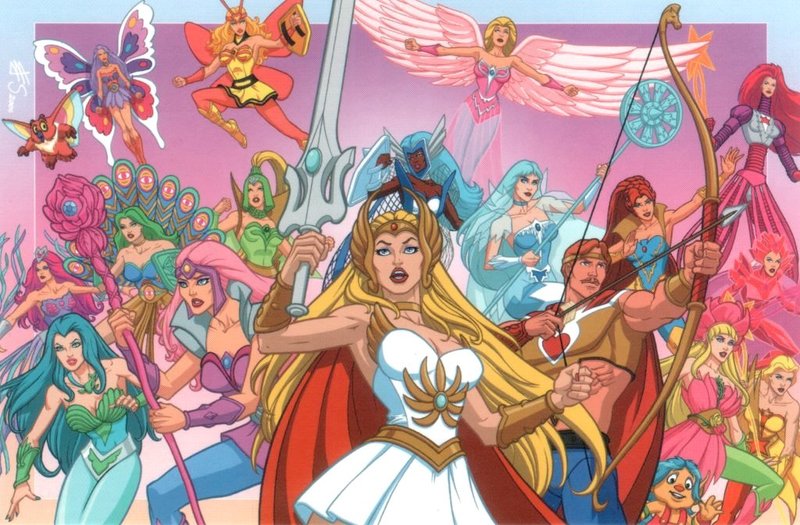Birthday Reviews: Jack Dann’s “Rings Around the Moon”
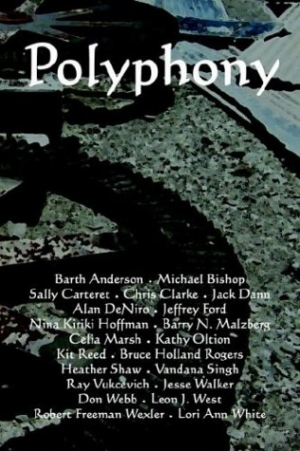
Jack Dann was born on February 15, 1945. His novels include The Man Who Melted, The Memory Cathedral, and The Silent, among many others. Dann has edited several anthologies, often in conjunction with Gardner Dozois, Janeen Webb, or George Zebrowski. He edited the Jewish science fiction anthology Wandering Stars in 1974 and followed it up with More Wandering Stars.
Dann won the Nebula Award for Best Novella for his 1995 story “Da Vinci Rising” and has won the World Fantasy Award for Best Anthology twice, for Dreaming Down Under, edited with Janeen Webb, and Dreaming in the Dark. His anthology Ghosts by Gaslight, edited with Nick Gevers, won the Shirley Jackson Award and the Aurealis Award. He also won the Aurealis Award for his short story “Niagara Falling,” written with Webb, and his novel The Memory Cathedral. “Niagara Falling” also earned him his first Ditmar Award, which was followed up with anthology awards for Dreaming Down Under, Dreaming Again, and Dreaming in the Dark and a short fiction award for “The Diamond Pit.” In 2004, he received the Peter McNamara Award for a professional working in the Australian SF field.
“Rings Around the Moon” was originally published in Polyphony 3, edited by Deborah Layne and Jay Lake. It was later reprinted in Dann’s collection Promised Land: Stories of Another America. “Rings Around the Moon” is part of Dann’s “The Rebel” cycle, which includes several stories as well as the 2004 novel The Rebel: An Imagined Life of James Dean. The story was nominated for the Darrell Award for best Mid-South science fiction, fantasy, or horror.
Mostly told from the viewpoint of a young Elvis Presley, “Rings Around the Moon” opens in Memphis on the evening of September 30, 1955, around the time his career was starting to take off. Unfortunately for Elvis, his burgeoning touring career, and the rumors of his sexual escapades, are putting a strain on his relationship with Lizzie, his girlfriend. As the two are trying to figure out what their relationship is, Gladys Presley informs them that the actor Elvis is always talking about, James Dean, has been injured in a car accident.
Elvis decides he needs to visit Dean and asks Lizzie to go with him. The set up allows Dann to explore the blessings and curses of fame through a fictitious meeting between two of the most legendary individuals of the burgeoning 1950s youth culture. James Dean lying in his hospital bed recovering, and the young Elvis having his first taste of stardom listening to what Dean has to say.
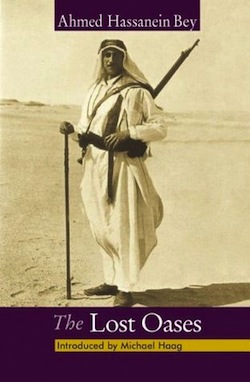 I’ve always loved vintage travelogues. The world was bigger a hundred years ago, its cultures more distinct and isolated. Travel was hard and sometimes dangerous. Accounts of old journeys bring me back to a time when people could go to places like Africa and not be able to text home.
I’ve always loved vintage travelogues. The world was bigger a hundred years ago, its cultures more distinct and isolated. Travel was hard and sometimes dangerous. Accounts of old journeys bring me back to a time when people could go to places like Africa and not be able to text home.

